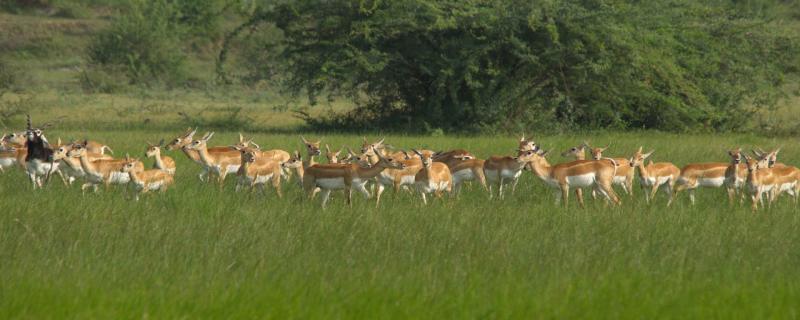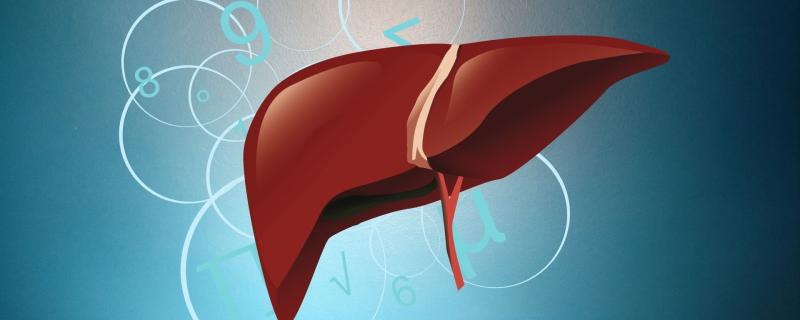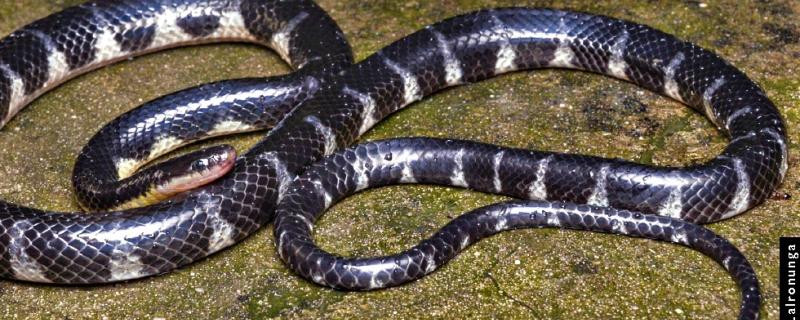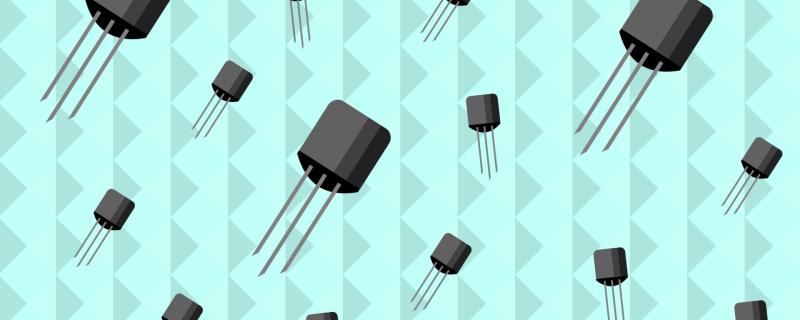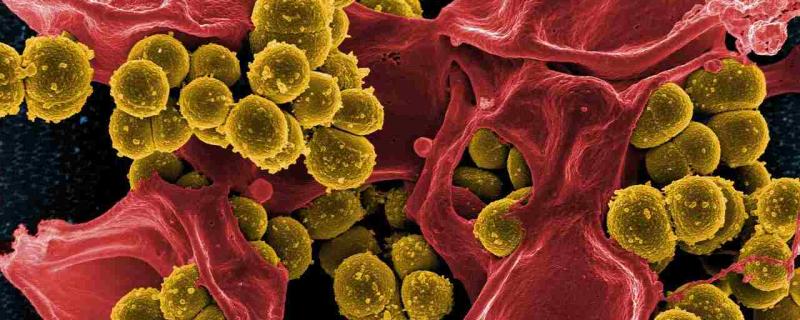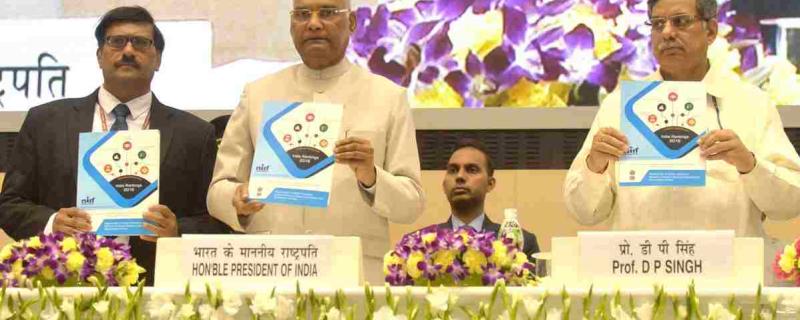The blackbuck is an antelope species native to the Indian subcontinent. Although the term 'antelope' is loosely used to refer to many ruminating ungulates, the blackbuck is the only animal that belongs to the genus named Antilope. True antelopes belong to one of the four genera—Gazella, Nanger, Eudorcas and Antilope. Scientists are still debating the evolutionary relationships between these members. In a recent study, researchers at the Indian Institute of Science, Bengaluru, have traced the evolutionary relationships of the blackbuck (Antilope cervicapra) using phylogenetics. The study was published in the journal Molecular Phylogenetics and Evolution.
Eco-efficient wall materials, such as aerated autoclaved concrete blocks, enhance indoor comfort by significantly reducing temperatures in naturally ventilated houses.
Mumbai/ Oct 30, 2024

